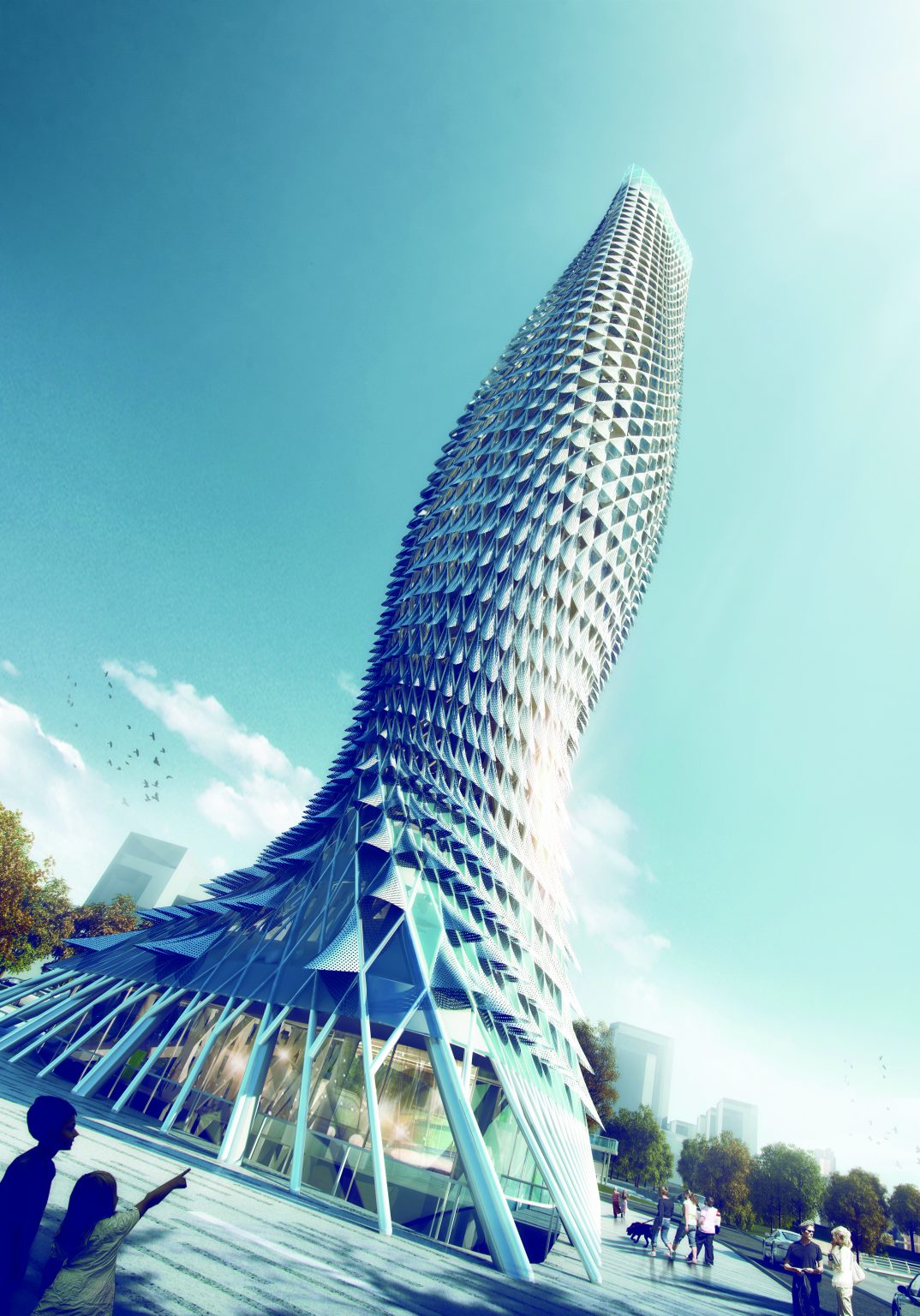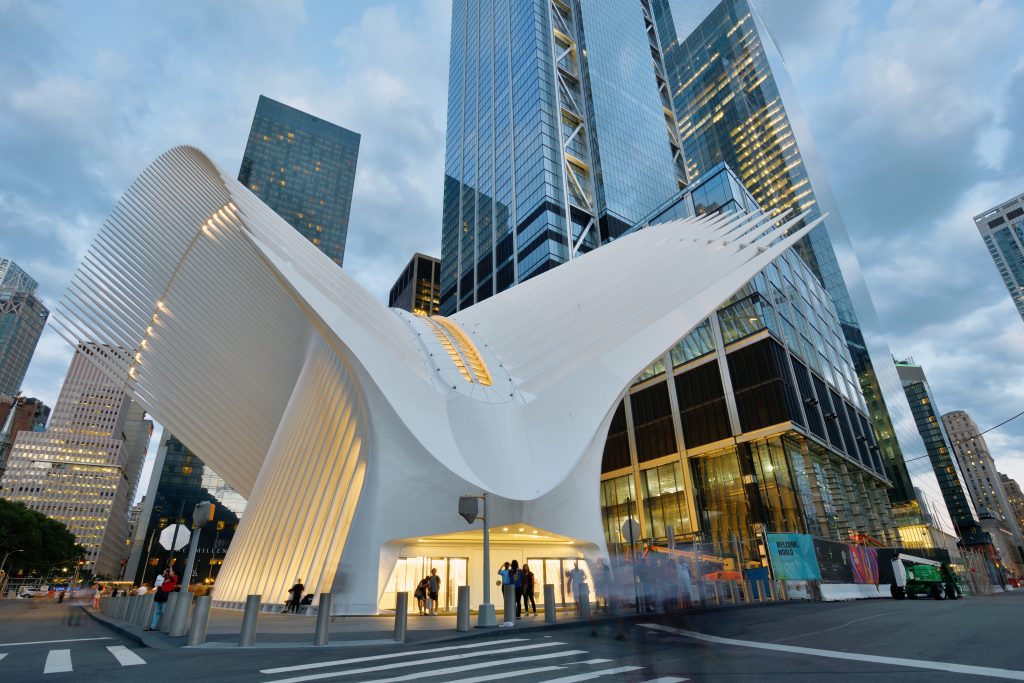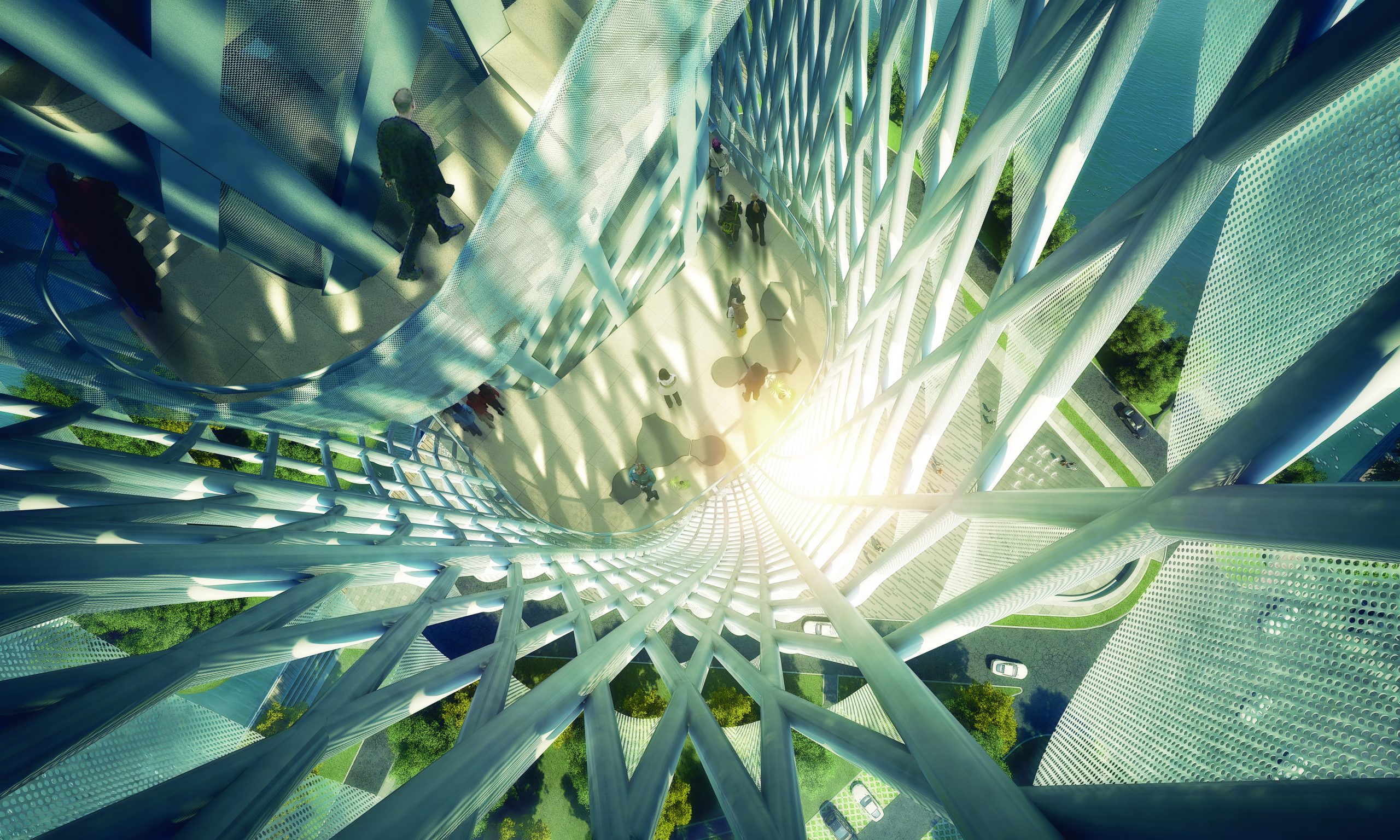Estimated reading time: 3 min
Artificial intelligence (AI) is a term we are hearing more and more every day. It only seems natural, given the rise of technology and progress, that we have reached a point where having more robots doing the job for us has become normalcy. But what does the rise of artificial intelligence mean for the architectural industry?
The term artificial intelligence was established in the 1950s and referred to the development and power of machines to copy human behaviour and actions. Through the years, AI has evolved from computers that recreated an effort or discovered a meaning to devices that work with algorithms to suggest what we should see, do or read. Today, more and more jobs are being replaced by AI, meaning that, in the future, all jobs could become automated.

AI is changing the way we perceive our homes, and soon it will change how cities and buildings are built. Specifically, parametric design has seen a steep rise in recent years. The term refers to the parameters architects use to create models of buildings, integrating efficient designs that optimise facilities whose shape would not have been otherwise possible to develop. In other words, parametric design is an architect’s programming language – they can pick a design and its output, set the constraints, plug the data and try countless iterations per minute until they obtain the final product, the one design they want.
The Zhuhai Observation Tower by RMJM Shenzen gives an example of parametric design. The tower’s iconic fish scale shape was designed using parametric tools: the main structure consists of twelve two-dimensional curves, divided in a second step for the subframe. The subframe serves as the holding for the 1,400 panels, which create the iconic fish-scale appearance. Another example is the World Trade Center Transportation Hub in New York, designed by Santiago Calatrava. The ‘Ocolus’’s innovative design consists of a bird ready to fly off a child’s hands, creating a stark effect against the commercial skyscrapers. At night, it acts as a lantern for the neighbourhood; during the day, it allows for natural light to filter down even to the lowest levels. Both these examples show how, through the usage of AI, the architectural boundaries can be pushed, enabling architects to explore more options and ideas that, without parametric designs, they would not be able to exploit otherwise.
Together with BIM (Building Information Modeling), parametric design allows for a smarter and faster working/design process, which, in turn, will lead to an optimisation of construction times and models used. BIM allows for the creation of 3D infrastructures, but it also includes key insights about the materials – how good they will hold against time – the estimated costs, and even the performance estimation.

Both types of artificial intelligence present many advantages. For instance, without the margin of human error, they speed up the design and construction processes by considering all the possible delays and costs before the actual work begins – making them more efficient and risk-reducing. Another advantage is that the buildings created using these tools are more sustainable since BIM can find and assess the materials with low carbon impact and use them in the construction of the buildings, while parametric design helps design more energy-efficient buildings. Besides, these tools have a user-friendly interface, making it easier for the clients to understand the structure better and keep them more engaged, for instance, when taking a virtual tour inside the building.
However, some might argue that the creeping automation of BIM and parametric architecture imperils the role of the architect. Yet, what makes parametric architecture so innovative and unique is that there is still the human element. Without it, buildings and their designs will lose their uniqueness, becoming detached from the people’s communities – the architects and their final users. One thing that remains is that, in the future, by using AI, architects will be putting less effort in the business of drawing and more in satisfying the end user’s needs. Whether a blended designing process will stay or AI will completely take over and what the implications will be, we can only wait and see.


